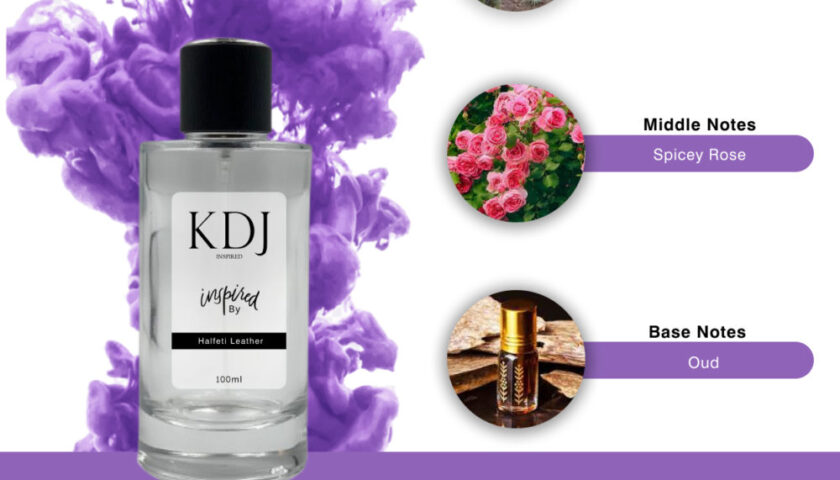Introduction: Perfume, an exquisite olfactory creation, has been an essential part of human culture for centuries. Its power to evoke emotions, trigger memories, and enhance one’s presence cannot be overstated. Perfume halfeti is more than just a pleasant scent; it is an art form, a science, and a deeply personal expression of one’s identity. In this guest post, we will embark on a fragrant journey to explore the fascinating world of perfume.
The History of Perfume:
Perfume’s history can be traced back to ancient civilizations, where it was used not only for its pleasant aroma but also for its medicinal and religious purposes. The word “perfume” itself is derive from the Latin “per fumum,” which means “through smoke.” The earliest perfumes were craft by extracting essential oils from various botanical sources, such as flowers, herbs, and spices.
In ancient Egypt, perfume played a significant role in daily life. Egyptians used fragrances for religious rituals, personal adornment, and even in the preservation of mummies. The Greeks and Romans adopted this practice and further developed the art of perfumery, blending scents to create complex fragrances.
The Renaissance period witnessed a resurgence of interest in perfumes, with fragrance makers in Europe experimenting with new ingredients and techniques. In the 18th century, the town of Grasse in France became a hub for the perfume industry, earning its reputation as the world’s perfume capital.
The Modern Perfume Industry:
Today, the perfume industry is a thriving global market, offering an extensive range of fragrances to suit every preference. Perfume houses, both traditional and contemporary, craft unique scents by combining natural and synthetic ingredients. Perfume creation involves the expertise of perfumers, who are skill in the art of blending notes to create harmonious compositions.
The Science of Perfume:
Perfumery is as much about science as it is about artistry. Perfumers carefully select and combine fragrance notes, which can be categorize into top, middle, and base notes. These notes are responsible for the perfume’s initial impression, its character, and its longevity.
The top notes are the first scents that are detect when a perfume is apply. They are usually light and fleeting, offering a brief burst of freshness. Common top notes include citrus fruits, herbs, and spices.
The middle notes, also known as heart notes, emerge after the top notes have evaporated. These scents form the core of the fragrance and provide its distinctive character. Floral and fruity notes often dominate the middle notes.
The base notes are the foundation of the perfume, providing depth and longevity. These notes develop over time and can linger on the skin for hours or even days. Woods, resins, and balsams are typical base notes.
Choosing the Right Perfume:
Selecting the perfect perfume can be a highly personal experience. Factors such as body chemistry, season, occasion, and personal taste all play a role in determining the ideal fragrance. When choosing a perfume, it’s essential to consider how it will interact with your body’s natural scent and how it will evolve throughout the day.
Conclusion:
Perfume is more than just a scented liquid; it’s a reflection of history, art, and science. It has the remarkable ability to enhance our mood, evoke cherished memories, and make a lasting impression. As we continue to explore the captivating world of fragrance, we discover that perfume is not merely a cosmetic product but a sensory journey that enriches our lives. So, the next time you choose a perfume, remember that you are not just selecting a fragrance; you are selecting a piece of olfactory art that will accompany you on your life’s fragrant journey.

